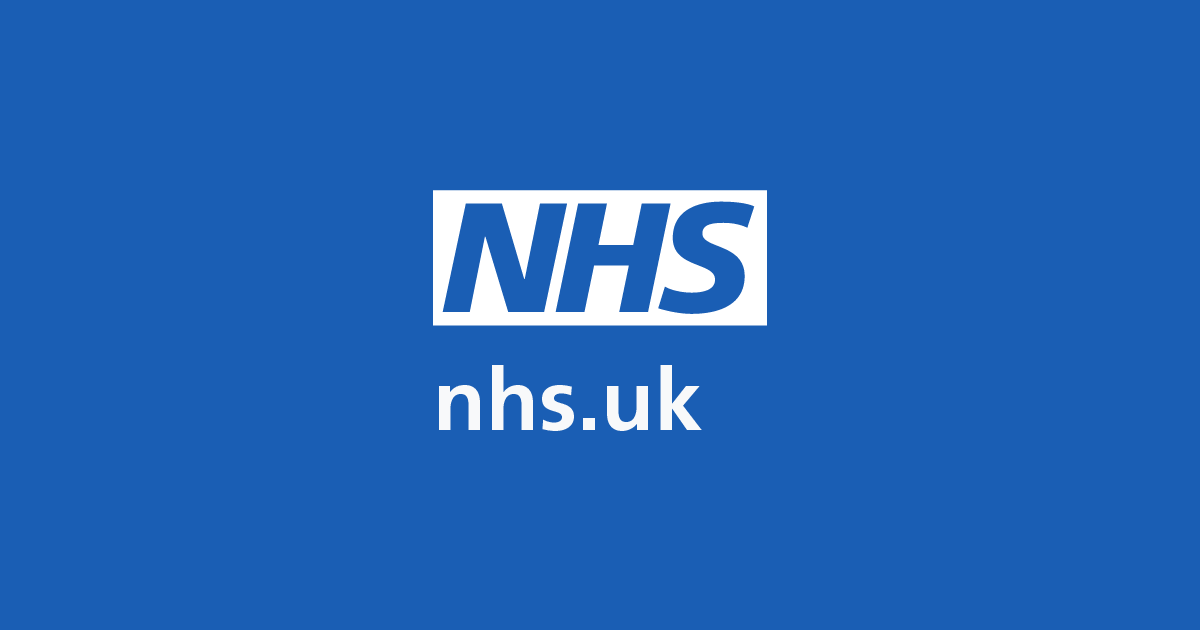Diagnosed in August with type 2 115 mmol/mol. Received a phone call from my doctors while on holiday in Spain. Quite shocked as a bolt from the blue ( although I have yearly checks as hypothyroid no one mentioned possibility of diabetes)
told to go to doctors in Spain as I would be away 4 weeks which I did After testing prescribed xigduo.( combined metformin and dapagliflozin).
when I got home told xigduo could not be prescribed so given separate prescriptions for metformin and dapaglioformin
when retested in October my readings had dropped to 62 mml /mol
tested last week and on nhs app reading now 38 mml /mol
ive been cutting out nearly all carbs and have lost 20 pounds
Dont know what to do now, I’ve been so strict with myself but don’t think this is sustainable in the long run. Going out with friends isn’t easy Need to find a balance to maintain low reading
lots of conflicting advice on the web and so confusing
diabetic nurse at doctors gave me no advice , just checked my feet and a website link
should I be testing? I asked nurse but she said no. But how do I know what causes my blood sugar to rise ?
I should add I’m nearly 70 and finding it overwhelming
grateful for any advice
told to go to doctors in Spain as I would be away 4 weeks which I did After testing prescribed xigduo.( combined metformin and dapagliflozin).
when I got home told xigduo could not be prescribed so given separate prescriptions for metformin and dapaglioformin
when retested in October my readings had dropped to 62 mml /mol
tested last week and on nhs app reading now 38 mml /mol
ive been cutting out nearly all carbs and have lost 20 pounds
Dont know what to do now, I’ve been so strict with myself but don’t think this is sustainable in the long run. Going out with friends isn’t easy Need to find a balance to maintain low reading
lots of conflicting advice on the web and so confusing
diabetic nurse at doctors gave me no advice , just checked my feet and a website link
should I be testing? I asked nurse but she said no. But how do I know what causes my blood sugar to rise ?
I should add I’m nearly 70 and finding it overwhelming
grateful for any advice

